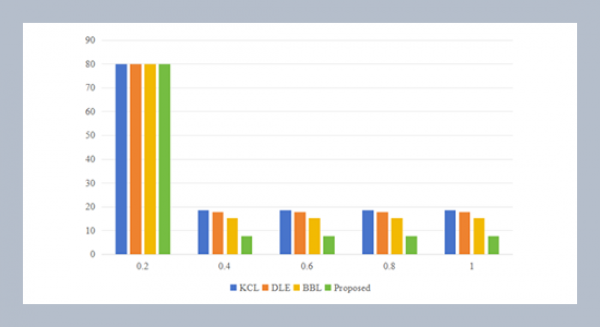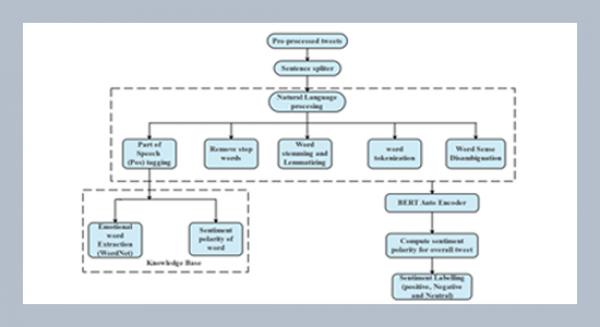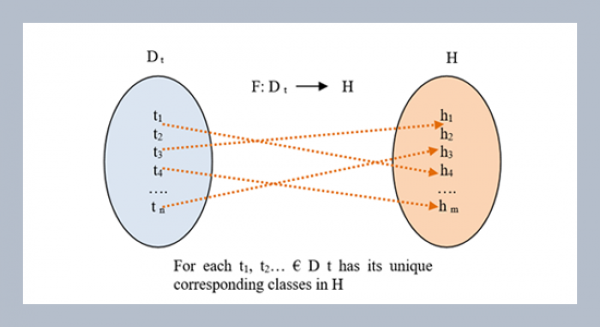W. C. Ko1 and C. W. Yu Sinotech Engineering Consultants, Inc.
Download Citation:
|
Download PDF
Gutenberg-Richter relation is used for obtaining the relationships of earthquake number with different magnitudes. The regression result, b value, represents the ratio of earthquake numbers. The lower value means the frequently occurrence of larger earthquakes and mainly distributed in seismic zones and high geo-stress areas. Acoustic Emission(AE) is the energy releasing during loading or fracturing process of materials. It acts like a transient wave which is similar to the seismic waves. In this study, G-R relation is revised and then applied for processing AE data. Two different type sensors were adopted for acquiring high frequency signals of concrete specimen under compression. The regression parameter, bA value, was discussed for different loading levels and the integrity of materials. The primary results show good linear relation between logarithm of amplitudes and appearing numbers. For larger amplitude range, bA value is around 2.5 during the whole loading process. It means this value is dependent with loading levels and fracturing of materials and also unchanged with different acquisition and processing parameters. This value could properly reflect the property of AE events. For lower amplitude range, bA value varies with increasing loading. The variation is not obvious for medium loading level. At high loading level, bA value decreases significantly. It suddenly drops beneath 1 at the failure of specimen. This variation is the same for records with different sensors. For AE monitoring, this value could be used for predict the failure of materials.ABSTRACT
Keywords:
AE, Concrete, b value, Loading, Sensor
Share this article with your colleagues
REFERENCES
ARTICLE INFORMATION
Accepted:
2009-08-27
Available Online:
2009-10-01
Ko, W.C., Yu, C.W. 2009. Application of gutenberg-richter relation in AE data processing. International Journal of Applied Science and Engineering, 7, 69–78. https://doi.org/10.6703/IJASE.2009.7(1).69
Cite this article:















